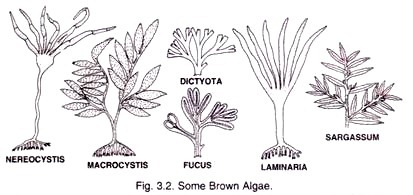Meaning of Heredity, Genetics, Genotypes and Phenotype!
One of the most important functions of living organisms is that they breed their own kind. A frog breeds to produce a frog, and a mouse breeds to produce a mouse.
Moreover, you must have noticed that children resemble their parents, and brothers and sisters resemble each other more closely than they resemble other people.
This means the following:
1. The traits, or characteristics, of a species are passed down from one generation to another.
2. The closer the relationship, the greater is the similarity.
This continuity of traits, which is maintained for all species and passed down to succeeding generations, is called heredity. However, along with the similarities between brothers and sisters, there are also some dissimilarities. No two individuals are exactly alike. The dissimilarities are called variations. The study of the pattern of transmission of characters from parents to their offspring is called genetics.
What do parents give their children that make them resemble the parents? Both father and mother pass on genes, inherited from their own parents, to their children. Genes are stretches of DNA containing coded information for making proteins. These are found on the chromosomes of cells. Genes are the units of heredity.
The genetic constitution of an individual organism is called its genotype. The genotype determines the characteristic features of an individual (such as height, complexion, hair colour, etc.), which are slowly expressed during development.
These characteristic features of an individual also depend on the environment. The sum of the activities of genes and the impact of the environment on them leads to the formation of visible traits, called phenotype.
Observe the following features in your classmates:
1. Note their eye colour and find out how many in your class have black, brown, blue or grey eyes.
2. Also enquire about the eye colour of their parents. Find out if the brown-eyed friend’s parents are also brown-eyed. Record you observations.
3. Similarly, prepare a list of the types of ear lobes your classmates have. Record how many have free ear lobes and how many have attached ear lobes. Find out the types of ear lobes their parents have.
4. These physical features are heritable. Therefore, you will find that one or more of their parents and grandparents too have had these features. The inheritance patterns of eye colour and ear lobe follow certain rules of heredity. They depend on the genetic material contributed by the father and the mother to the child. Thus, the inheritance of each trait depends on paternal and maternal DNA.
